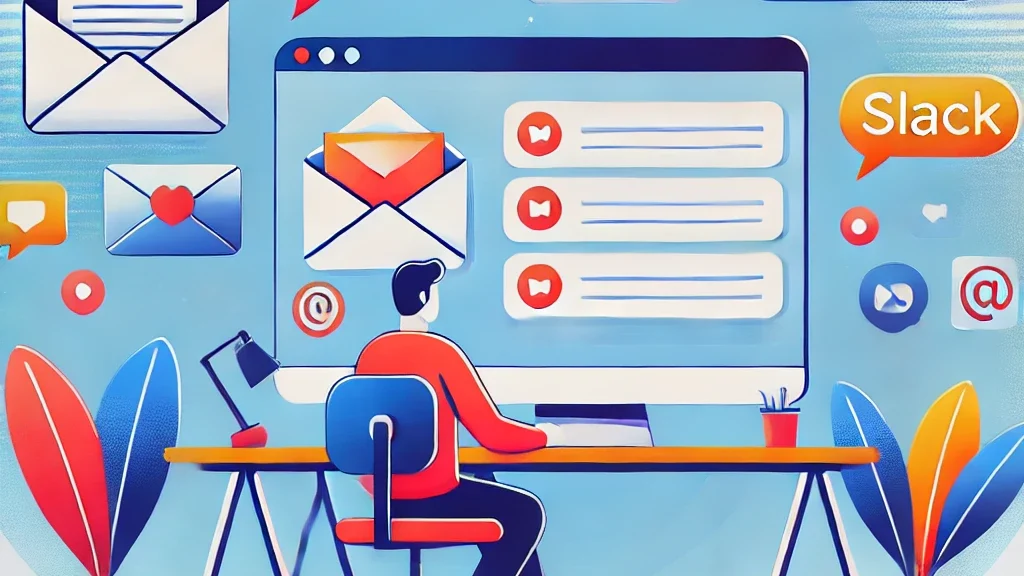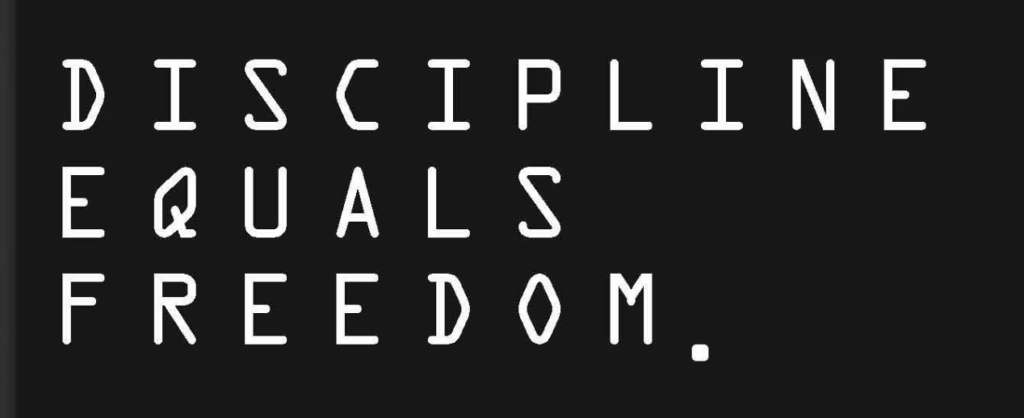Few things get under my skin like unprepared people—not in some grand, existential sense, but in the most mundane, everyday way. Picture this: You’re in line for the bus, change in hand, coins pre-counted, ready to roll. The bus pulls up, and the woman in front of you steps on. Then, as if it’s a total surprise, she realizes she needs to pay. That’s when she decides to dig into her purse, fumbling around forever to locate her coin pouch. She finally finds it, dumps the contents into her hand, and starts counting out the fare, one agonizing coin at a time. Seriously? Lady, didn’t you know you were about to board a bus? Didn’t it occur to you to have your fare ready? What were you doing this whole time—daydreaming? How could anyone be this unprepared?
You know who’s never unprepared? French chefs. They have a concept called mise en place—everything in its place. Before a single flame is lit, they’ve already measured their ingredients, lined up their tools, and sharpened their knives. Garlic? Chopped. Butter? Cubed. Ladle? Within reach. When it’s time to cook, it’s go time. No rummaging through drawers for a spoon, no opening the dishwasher mid-recipe to find a missing fork, no last-minute panic when the garlic’s gone. They’re ready—because that’s the point.
In your professional life, aim to be the French chef, not the bus lady. Whether you’re joining a meeting, debugging a tricky issue, writing a report, or building a slide deck—set yourself up before you dive in. If you’re a software engineer, that means your user story is open, your codebase is synced with main, your IDE is configured, and your environment is ready. Maybe you’ve got your coffee poured, your playlist queued, and your pomodoro timer ticking. The point is: don’t waste your mental energy fumbling after the clock starts. Be ready to cook.
I run a team of SREs. Like most ops teams, we deal with a steady stream of unplanned work—incidents popping up left and right. Most of the time, it’s manageable. We handle things on the fly and move on. But every so often, something big hits—a major incident, an outage. And that’s when it gets real. By definition, outages are unexpected. You can’t mise en place for that… or can you?
Actually, you can. You can’t predict the incident, but you can prepare for the moment it lands. That’s your mise en place for chaos. Have your dashboards bookmarked, know where the logs live, and keep your runbooks current and easy to find. Set up your tools so you’re not scrambling when seconds matter. The goal isn’t to eliminate surprise—it’s to reduce friction when it arrives.
Take it further. Work with your incident management team to create a cheat sheet for the first five minutes of a call: what to check, who to ping, what systems to glance at right away. Save those links, pin that doc, keep your comms templates handy. Because when everything’s on fire, your brain shouldn’t be juggling logistics. It should be solving the problem.
Here, let me help you. It doesn’t matter exactly what your ops team is responsible for—when you’re pulled into a major incident call, there are a few things you should do right away. First, announce yourself: say your name and your team. Then ask for a minute to get situated—maybe request a quick sitrep if one hasn’t been given. Open your key dashboards, starting from high-level views and drilling down as needed. Skim recent alerts and logs for context. Review the incident ticket or chat thread to see what’s been tried already. If any part of the system is yours, speak up and offer to help. Share only what you can confirm—stick to facts, not guesses. Take notes, because you’ll need them later. And finally, stay calm, stay focused, and if you’re not adding value in the moment, step back and let others work. That’s how you show up prepared.
Of course, being prepared is just the beginning. You can have every ingredient perfectly lined up, but if you’re a bad cook, you’ll still burn the dish. Preparation isn’t a silver bullet—but it is a force multiplier. Someone who knows what they’re doing and shows up organized will always outperform the person who’s winging it, fumbling for change as the bus pulls up. Don’t just be good—be ready.




